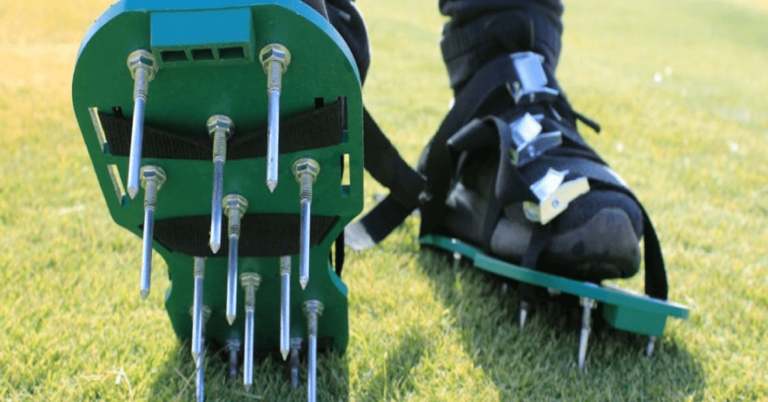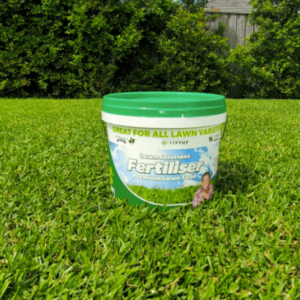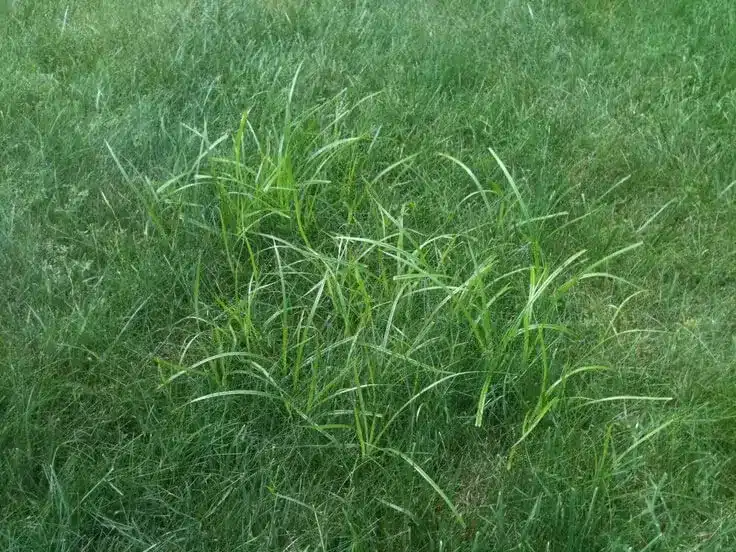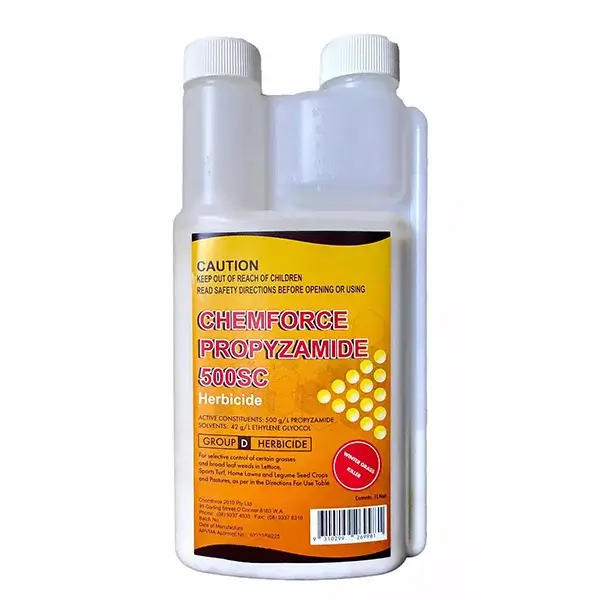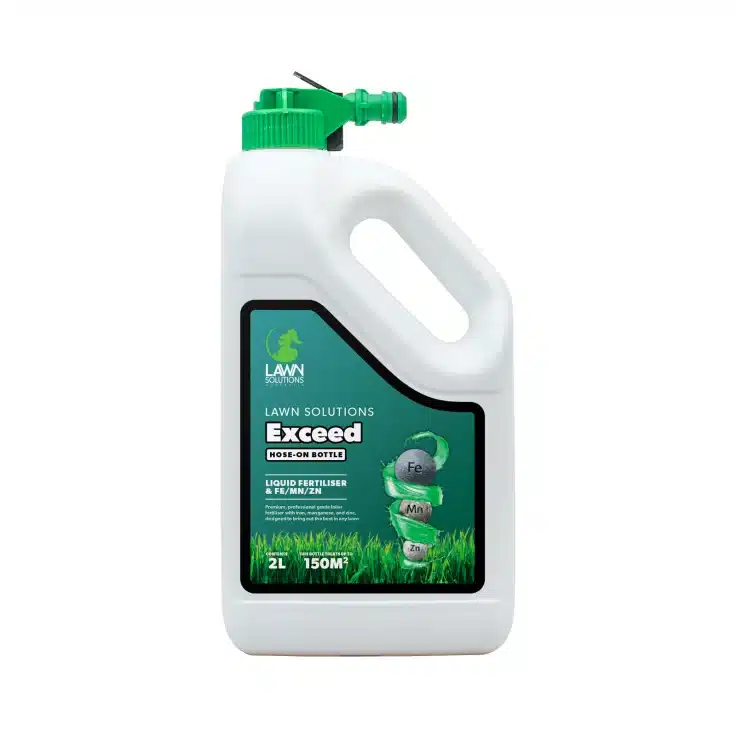Spring is just around the corner! And you know what that means? It's time to show your lawn a little extra lovin' to help bring it back to life after a long, cold winter.
One of the most common questions we get asked at this time of year is:
Will dead grass grow back in spring?
To answer that, it's important to point out that your lawn is most likely in a dormant state, as opposed to 'dead'.
During the winter months, many grasses move into a dormant state to conserve energy and water to stay alive. Instead of sending vital resources to developing lush, green blade of grass, your lawn is sending those precious resources to its roots and crowns to keep them alive during times of stress.
So don't stress if your turf is looking a little glum. It's just been resting through the colder months. As we creep closer towards September your lawn will slowly be starting to wake up and increase tissue growth.
How to revive your grass for spring
If you're after some sure fire ways to inject some life into your lawn as we head into spring, there are a few things you can do to help it on its way.
1. Give it room to breathe
Now is the time to clear away any leaves, branches and other debris that may have accumulated during winter. Almost like a spring clean of your home, you want to move any objects that have been stationary for a while (trampolines for example) and allow your lawn to catch its breath.
2. Aerate
One of the healthiest things you can do for a spring lawn is to aerate. Aeration helps increase the amount of air, water and nutrients getting to the soil. This strengthens grass roots and helps create a healthier lawn. You can loosen up your compacted soil using aerating sandals or hire an aerator from your local Bunnings store.
3. De-thatch
A build up of thatch will make your lawn spongy, and the end of spring is the best time to de-thatch. We recommend to mow your lawn low to remove the thatch, but always only on warm season grasses.
4. Remove weeds
Coming out of winter there can be a few weeds that may have been able to fight their way through your lawn. Many of these are usually a result of being blown-in. Other seeds could have been lying dormant in your lawn for a while. Most single weed types can be removed by hand, preferably before going to seed. Other flat weeds and grasses can be mown over, with a healthy lawn able to choke out most weed types. Oxafert pre-emergent herbicide is a great way to help prevent both broadleaf and annual grass weeds, stopping any new seedlings in their tracks
5. Fertilise
If your soil’s consistently is above about 14 degrees, then it’s time to give your lawn a feed. A slow-release granular fertiliser is best, and we recommend Lawn Solutions Premium Fertilisers.
6. Test your soil
Sometimes you may find your lawn is not performing very well or not responding to fertiliser. This could be to do with the soil's pH. Now is the time to test your pH levels, so you can take the required action during spring.
7. Check for compaction
To see how your soil is holding up and whether compaction is a problem, grab a long screwdriver. Plunge it into the ground in a few places to see how far it will penetrate (minding any irrigation or electrical cabling). You should be able to easily push it in for up to 100 to 150mm (4-6 inches) without too much resistance. If not, it would serve your lawn well to look at aeration to remedy the problem.
8. Top-dress your lawn
If your lawn’s a little uneven, throw a bit of soil on top, but ensure the leaf blades are still poking through. This reduces thatch and improves drainage, and can also be done in late spring or early summer.
9. Watering
Water your lawn as little as possible and when you do, water deep. Long, infrequent soaks are better than light, frequent applications – all year round.
10. Plan your spring lawn care schedule
Having tested your soils pH and for compaction, you can now look at what lawn care activities you will need to undertake during spring and create a plan of action.
11. Get your mower ready for spring
Chances are that like your lawn, your mower has been sitting dormant for a few months. Do yourself and your mower a favour and treat it to a little attention before pulling the starter cord repetitively ‘til you’re both out of puff. A bit of basic maintenance can go a long way. Changing fuel, oil, and the sparkplug each spring can help keep your machine running smoothly for years. If you baulk at the thought of home-mechanics then there are many mower shops around that will, for a small fee, have your mower tuned and ready to go. Sharp blades are another important piece of mower maintenance. A new set of blades, or if you’re a dab-hand with the grinder, sharpening or changing your mower blades can do wonders.
Bonus spring tip
Late winter, and early spring is a great time to install a new lawn, getting it established before the heat of summer comes. This will save you money on water!
Check out the Coolabah Turf lawn care page for more helpful tips and advice here.

